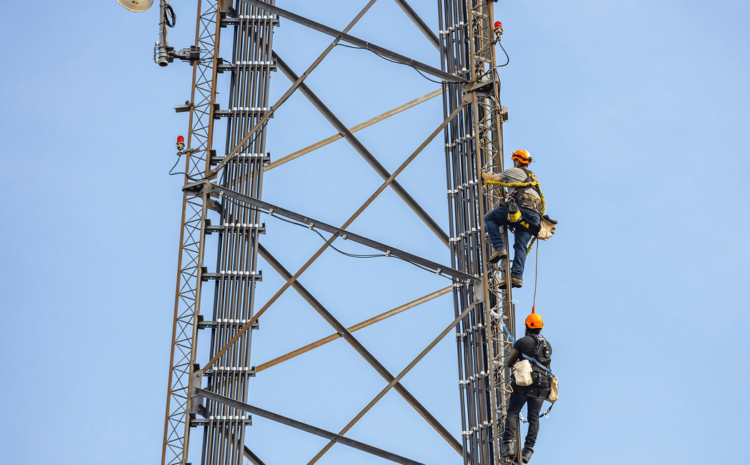
How to Combat and Prevent Suspension Trauma
When tower climbers fall, the right fall protection system is there to catch them. However, the longer they remain suspended in their fall protection system, the higher the risk of sustaining suspension trauma.
What Is Suspension Trauma?
Suspension trauma, or orthostatic intolerance, occurs when blood accumulates in the legs as a result of the body being held in sedentary suspension for a period of time. If blood pools in the lower body veins while a crew member is suspended and not moving—because of injury, shock, or fatigue—there will be less blood circulating to the heart, lungs, and brain. In mild cases, this condition causes symptoms such as:
- Fatigue
- Dizziness
- Weakness
- Nausea
In cases of prolonged, immobile suspension, tower personnel also may experience a dramatic decrease in blood pressure and heart rate. In more severe cases, suspension trauma may cause organ failure or even death.
Preventing Suspension-related Injuries
Passive suspension is a leading cause of orthostatic intolerance as it minimizes blood flow return. If a worker is suspended in a fall arrest system but still is conscious, he or she may be able to avoid suspension trauma by staying active. The following procedures are recommended for suspended personnel in order to promote as much blood flow as possible until they are rescued:
- Push off a surface using both legs.
- Attempt to assume either a horizontal or sitting position.
- Repeatedly kick or swing both legs.
Confronting Cases and Rescuing Personnel
Modern fall protection systems are enhanced with foot and leg straps that facilitate sitting positions and make it easier for tower personnel to stay mobile while suspended. Additionally, OSHA requires tower companies to assemble thorough rescue procedures and foster “prompt rescue of employees in the event of a fall” or “assure that employees are able to rescue themselves.” It also recommends the following actions to be included in rescue procedures:
- Continuously monitor the suspended worker.
- Provide the worker with standard trauma resuscitation.
- Monitor the worker after rescue.
Preparing Ahead with Comprehensive Insurance
The possibility of facing suspension trauma is a serious reality for telecommunications tower workers. Just one instance of orthostatic intolerance can be devastating for the wellbeing of your tower personnel. Prepare your tower company for the risks associated with these potentially devastating occurrences with an all lines insurance program designed by the experts at USA Telecom Insurance Services. To learn more, contact us today.
